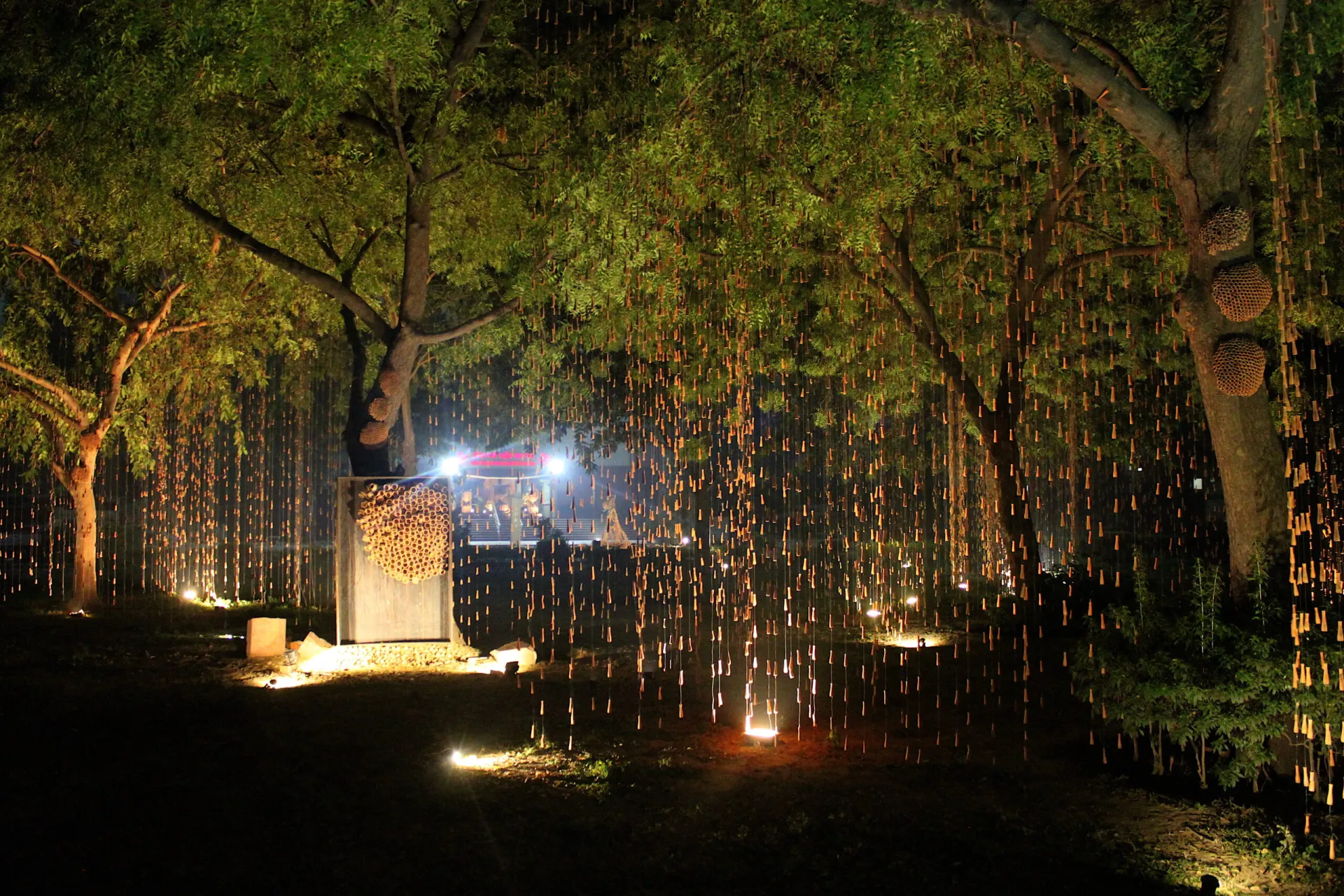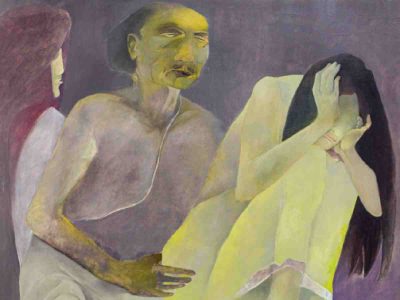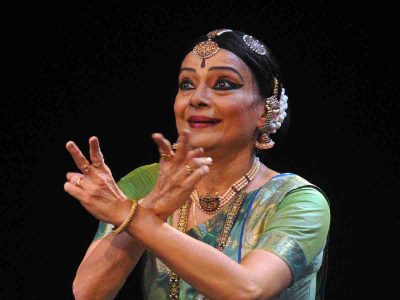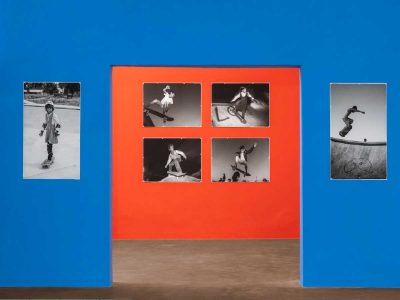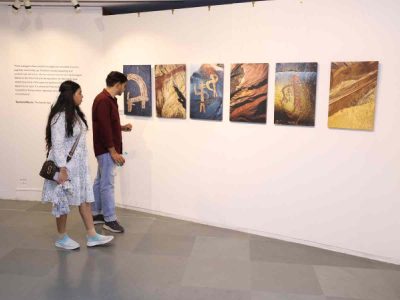Contemporary artist Manav Gupta is recognised as a ‘master of light and colour’ in his paintings and for his creation of solo public art projects in India that promote environmental consciousness through unique installations.
Gupta has been the force behind six iconic public art projects over the last decade, maintaining a distinctive art practice by conceptualising and creating monumental artworks that embody his unique style.
Despite being somewhat of a recluse, Gupta, a maverick based in Delhi, is currently in the USA, speaking at the Sculpture Conference in New York hosted by the International Sculpture Center.
Considered one of the most versatile creative practitioners in India, he effortlessly commands scale, working across miniature formats to vast acres of land. His repertoire includes diverse mediums such as canvas, paper, sculpture, installations, conceptual and multimedia art, as well as public art in ambient spaces, challenging both the medium and spaces to fresh creative tasks.
Speaking from the US, Gupta explains that his ‘sadhana‘ and focus have always been on climate change and sustainable development since the beginning of his journey as an artist, well before these topics became regular conversations among intelligent and aware social groups.
He elaborates, “My ‘arth – art for earth’ movement, initiated during my second solo in 1996-1997, has its roots in the way nature nurtured me during childhood, and nature continues to be a central theme in my work. I wanted to share the experience of nurturing and healing of people by nature. Hence, the ‘umbilical cords of earth,’ rainforests, and ‘lyrics of light’ are constant themes in my paintings. I coined ‘arth – art for earth’ from three principles – ‘arth’ in Devanagari script means ‘wealth’ and ‘meaning’ in Hindi. What is the true wealth and meaning of life on earth? Pronounced as ‘earth,’ which is our ‘dharti,’ I expanded ‘arth’ as ‘art for earth.’ So, all these three combined have shaped my art practice over the years.”

From 2003 onwards, Gupta worked on creating the Copenhagen Wall of Hope for CNN during the Copenhagen Summit and initiated ‘Plant a Sapling on My Canvas’ projects at his exhibitions, inviting people to participate in his environmental consciousness movement. Recognising his passion and dedication, the Ministry of Environment, Government of India, invited Gupta to create one-minute films as public service messages, incorporating his paintings, poetry, music, and the chirping of birds.
Over the years, Gupta’s practice evolved into large-scale installations interpreting his “Arth – art for earth” concept for museums and public art. His paintings grew into large canvases, such as a live ‘Travelling Museum Laboratories of Art for Earth.’
Gupta, originally a water colourist, combines strong poetic and narrative elements, capturing light and exploring colour brilliantly with sensitive and delicate stroke play. He stands out as one of the few water colour painters today whose command of the medium and dexterity in exploring light and colour have earned rare critical acclaim from luminaries, critics, and the media alike.
His artistic journey, beginning in 1996 at the Birla Academy in Kolkata, has included exhibitions at Taj Hotels, London, New York, Melbourne, and various locations in India. His works have graced prestigious venues such as the Ministry of Culture, the Roosevelt House, the residence of the American Ambassador (2000), US Embassy, Leela Palace, Bangalore, HSBC, Delhi, Rashtrapati Bhavan, and the Victoria Jones Gallery, London.
Gupta’s works can be found in several private and public collections in India and abroad, forming part of the permanent collections of Rashtrapati Bhavan and the Parliament. He was commissioned by the then President APJ Abdul Kalam to interpret his poems in paintings, resulting in the book “The Life Tree.”

Expressing his artistic philosophy, Gupta says, “Everything I do comes from a deep belief within. I do not create anything that is purely commercially driven. All my projects reflect how I feel, what I see, and hear around me. It mirrors my emotional understanding of my surroundings, reflecting the struggles and efforts of a common man. I do not draw my inspiration from a milieu that is away from Nature. Everything I create is drawn from the natural landscape and reflects this earthiness.”
Gupta also addresses the United Nations Sustainable Development Goal of Climate Action by placing the human perception of climate action at the forefront of his work, making bold commentaries about negative attitudes towards climate change and how hope can be used to address those attitudes.
‘Rain,’ ‘River,’ ‘Rainforests,’ ‘Umbilical cords of earth,’ ‘Lyrics of light,’ ‘Beehive Garden’ are some of his most celebrated and critically acclaimed creations. His monumental public art projects like ‘Tree of Life’ (2010), ‘Shrinking River at National Museum Pretoria, South Africa’ (2013), ‘Ganga Waterfront’ at IHC New Delhi (2015), ‘Ganga to Mississippi outreach’ (2015-16), ‘Excavated Museum in a Mall’ (2017), ‘Sculpture Garden at Amrita Shergill Marg’ (2017-2018), ‘Arth–Art for Earth’ punctuating 27 acres at IGNCA, hosted by the Government of India (2018), ‘Water the New Gold – ‘City in a City’ in Bhubaneswar’ (2019) have found a place in record books and attracted attention for innovative concepts in creating public awareness on sustainable development and climate change.
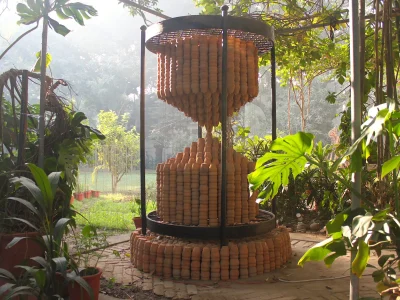
Gupta recalls being invited by former President of India, Dr A P J Abdul Kalam, as the first Artist-in-Residence at Rashtrapati Bhawan, considering it among his most cherished memories. The founding of ‘arth – art for earth’ remains his brainchild of two and a half decades.
Art, according to Gupta, has a unique way of addressing suffering. In the face of the climate crisis, art can play a role that sparks hope even in times of utter hopelessness.
Gupta continues to inspire the hope the world so desperately needs. In his own words, “I see art as a great leveller. It is a blessing to have been able to reach out across all cross sections of society and create ‘dialogues at the waterfront’ that evoke responses to my art, the thought behind it, and the vision, from everyone, irrespective of whichever rungs of society they may belong. More often than not, the exchange of thoughts with thinkers, evolved humanitarians, people with vision, students, and the masses has enriched my art and embellished it. The essence of it all is the distilling residue that is celebrated and carried, both by the viewer and the artist.

